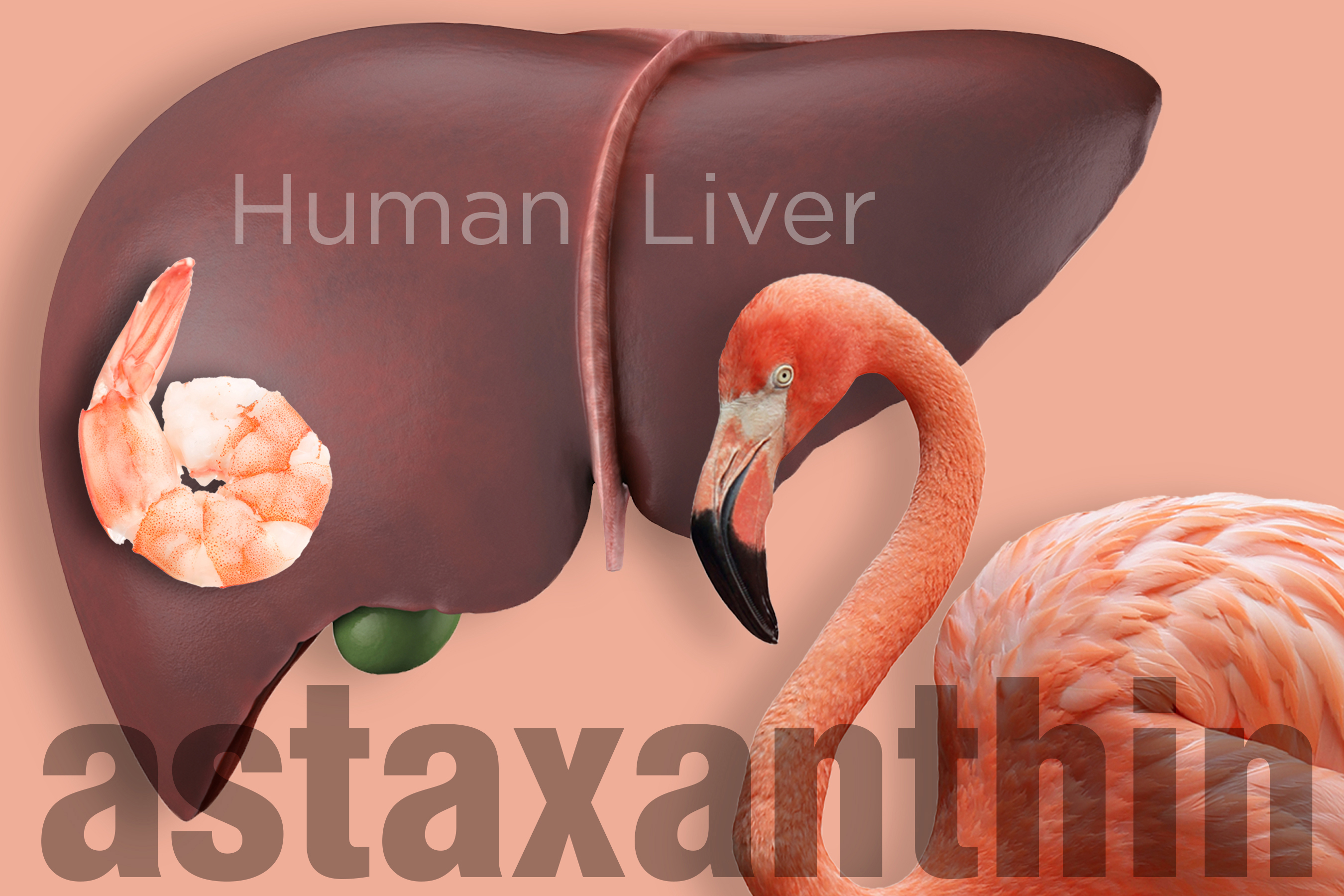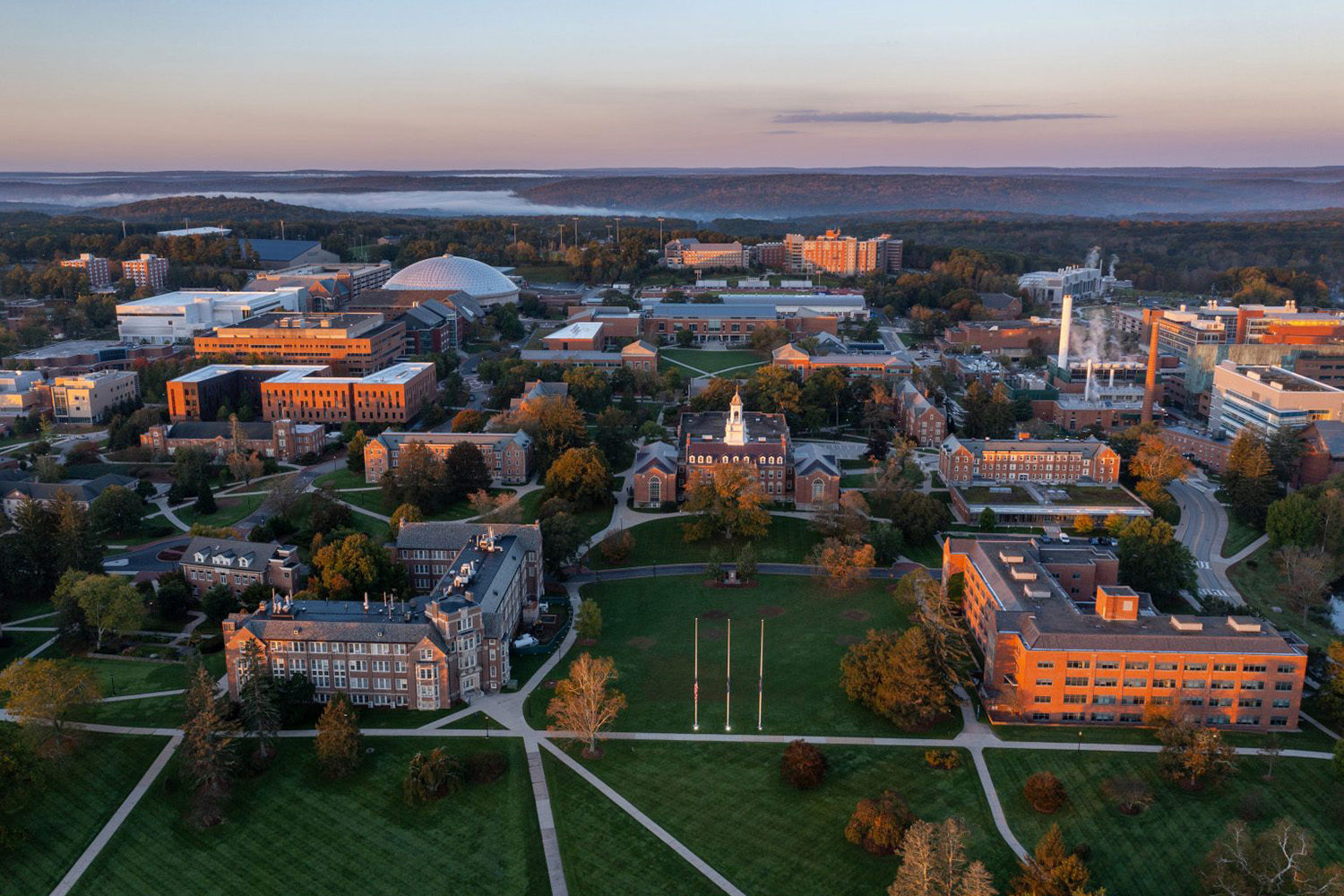Consider the bright plumage of the iconic flamingo. The rich color of a Sockeye salmon. The more subtle colors of cooked shrimp. Their varying shades of pink come through the food chain starting with a substance called astaxanthin – a carotenoid pigment found in a type of algae called Haematococcus pluvialis.
And for Ji-Young Lee, associate professor in the Department of Nutritional Sciences, astaxanthin also plays a key role in her research on the control and prevention of non-alcoholic fatty liver disease (NAFLD).
As NAFLD progresses, it moves from inflammation and the accumulation of scar tissue, called fibrosis, to the late-stage scarring of cirrhosis, which hardens tissue and prevents the liver from working properly. Over time, the organ shuts down completely; in some cases, the disease is a precursor to cancer.
“We don’t really know the pathways that take the disease from simple fat accumulation to fibrosis to cirrhosis,” says Lee, “so the idea that we may be able to stop the disease progression by consuming astaxanthin as a dietary supplement has major implications for long-term health.”
To help prevent the development of liver disease … eating wild-caught salmon a couple of times a week isn’t a bad idea, and if you don’t like fish, then adding supplemental astaxanthin to your diet may be beneficial. — Ji-Young Lee
In studies on diet-induced obesity in mice, astaxanthin lowered blood glucose and blood lipids, such as cholesterol and triglycerides. It also prevented the activation of hepatic stellate cells, the major type of cell involved in the development of liver fibrosis. In addition, it is a potent antioxidant, which means that it helps the body prevent the cell and tissue damage that are evident in disease and aging.
The liver is the largest glandular organ in the human body, weighing in at a substantial three pounds or so – and it performs all sorts of critical functions, from facilitating metabolism to aiding in the digestion of fats to detoxifying the body from potentially harmful substances, such as drugs and alcohol. And while fat can be relatively safely stored in the body’s adipose tissue, where it is used for the production of energy, if substantial amounts go to internal organs such as the liver, then it causes trouble. This is the difference between the so-called ‘healthy obese’ and those who develop life-threatening medical conditions.
Lee explains that if astaxanthin can inhibit the development of certain genes involved in the development of fibrosis in humans, as well as in mice, it offers the promise that early stages of fibrosis can be regressed, thus allowing the liver to revert to a healthy state.
“The liver is a remarkable organ,” she says, “but it’s probably safe to say that most people don’t give it a lot of thought. If they think about the liver at all, it’s because they associate alcoholism with cirrhosis of the liver or because they’re aware of the damage that viral hepatitis can do.
As a nutritionist, Lee is concerned with the health implications of obesity, which has become a worldwide epidemic. “Most of us probably associate being overweight with the possibility of developing diabetes or cardiovascular disease,” she says, “but liver disease can also be a very real and serious outcome.”
Thanks to a $1.4 million grant from the National Institutes of Health and a half-million-dollar grant from the U.S. Department of Agriculture, Lee is looking at the potential for astaxanthin not only to prevent the disease from starting, but to reverse its effects if it has already begun to cause damage. This is especially significant because, to date, there are no effective drug therapies to stop NAFLD.
She cites the sobering statistics that, whereas 20 to 30 percent of people in the general population may have some accumulation of fat in their livers, in the obese population that number increases to 65 to 75 percent. And while only 2 to 3 percent of the general population may have a more advanced form of the disease where the liver is inflamed – called nonalcoholic steatohepatitis – 15 to 20 percent of obese people suffer from this condition.
As to the question of a ‘magic pill,’ Lee is quick to note that while the use of astaxanthin shows great promise, and moving to human trials is an immediate goal, there is no magic cure to obesity. The key to weight control remains in minimizing the amount of fat stored in the body, and this will always require maintaining a healthy lifestyle and making appropriate dietary choices.
But, she adds, “My research goal remains finding active dietary components that can be used to help prevent the development of liver disease. To that end, eating wild-caught salmon a couple of times a week isn’t a bad idea, and if you don’t like fish, then adding supplemental astaxanthin to your diet may be beneficial.”



